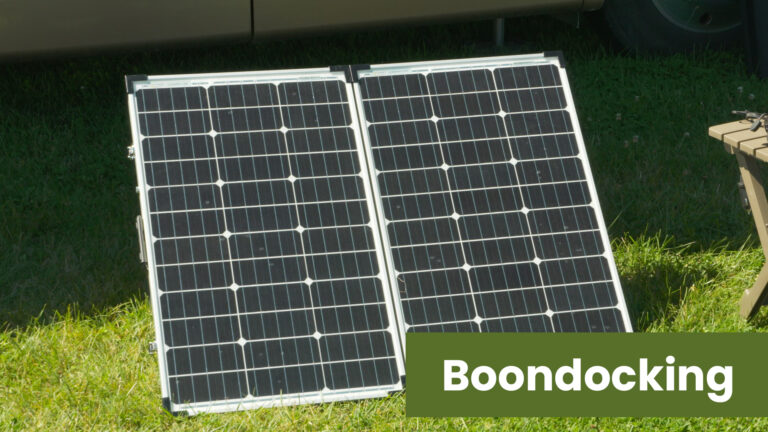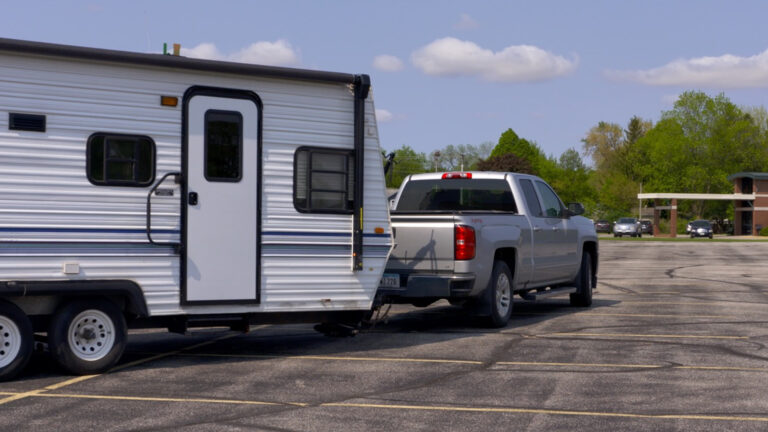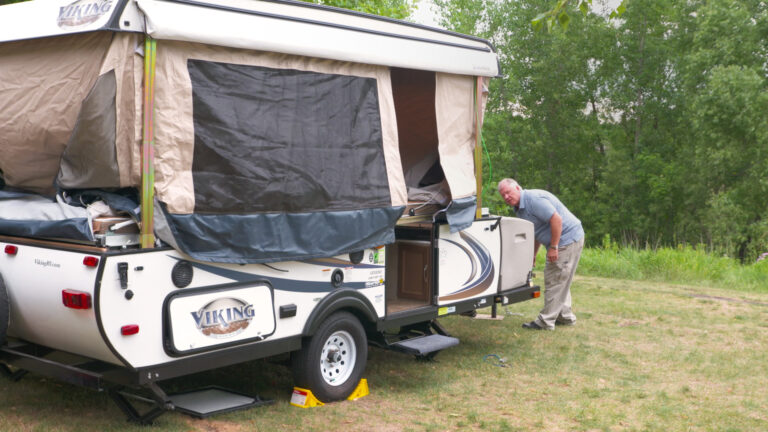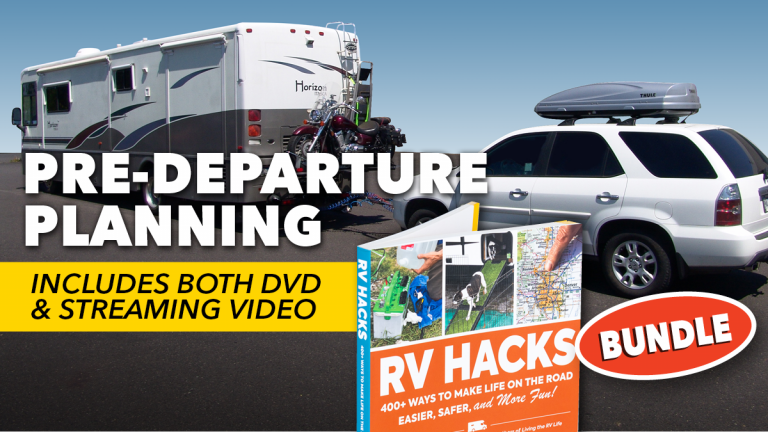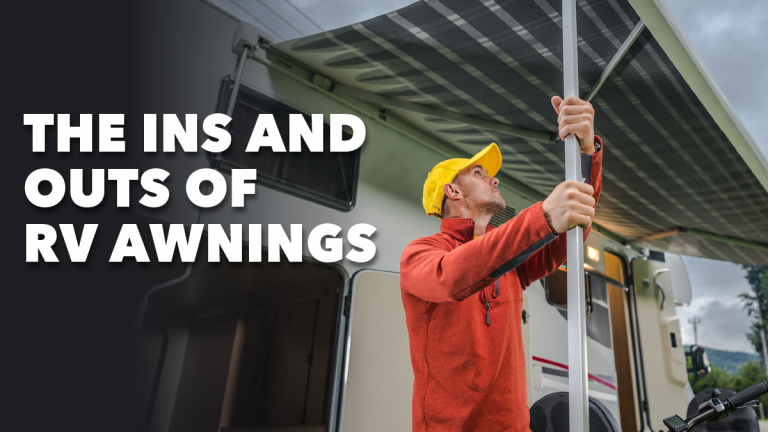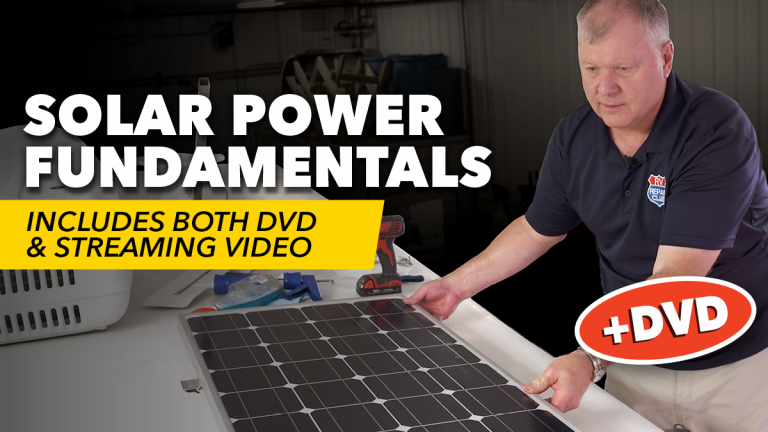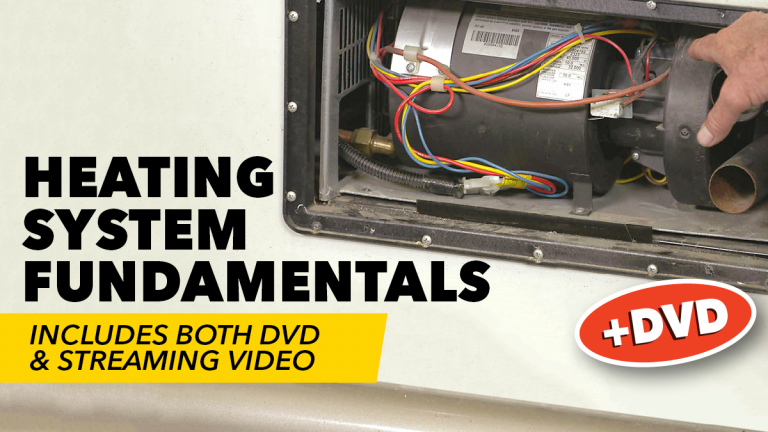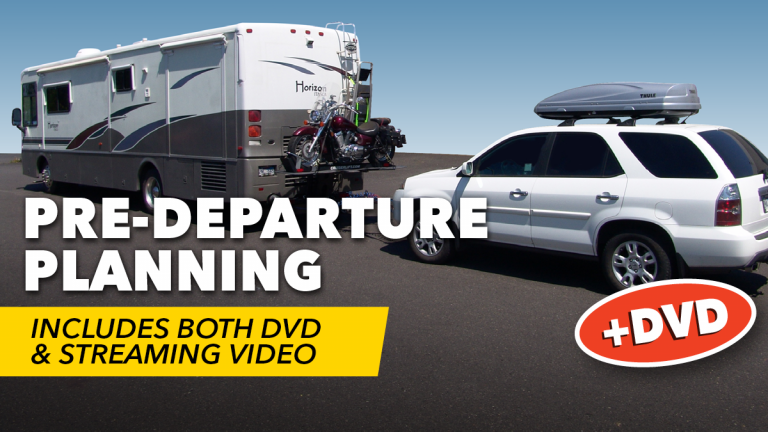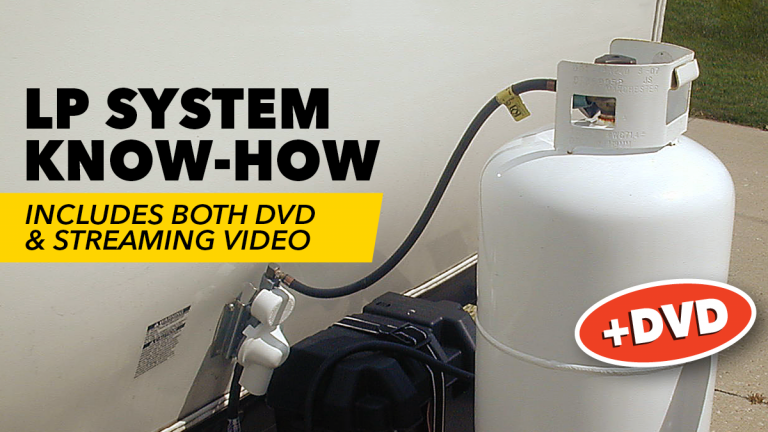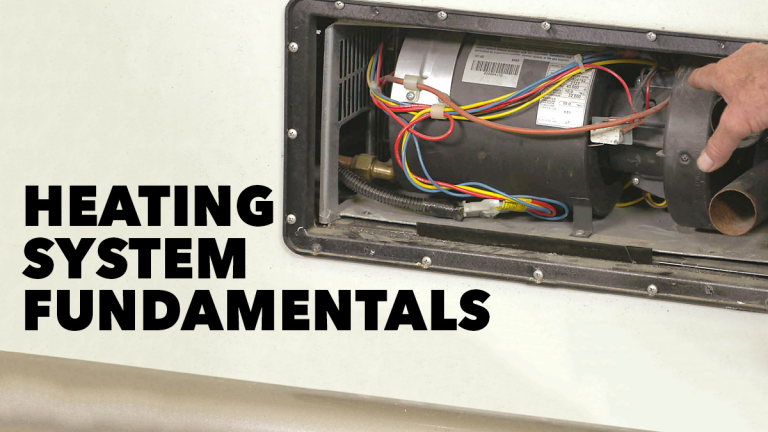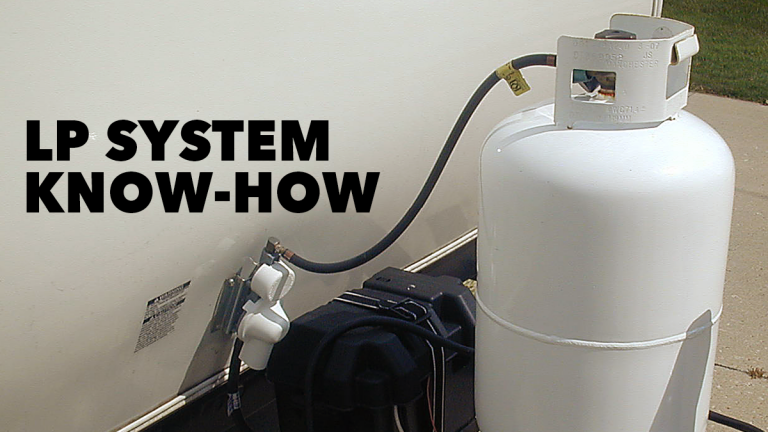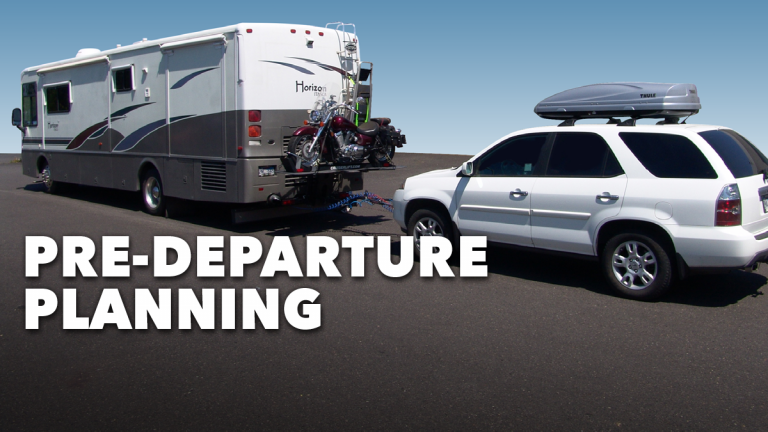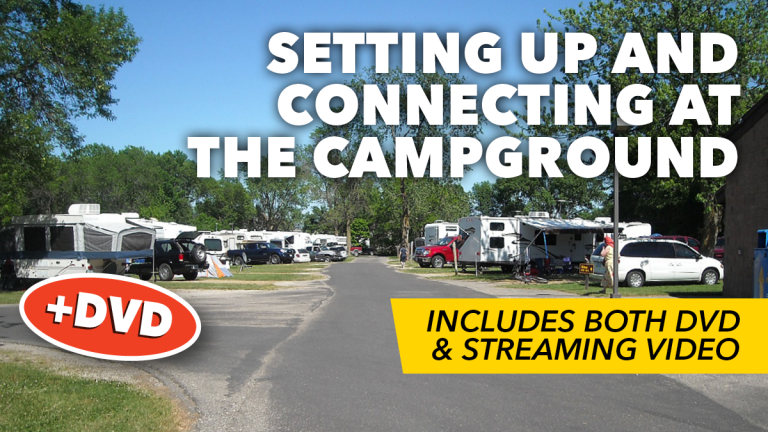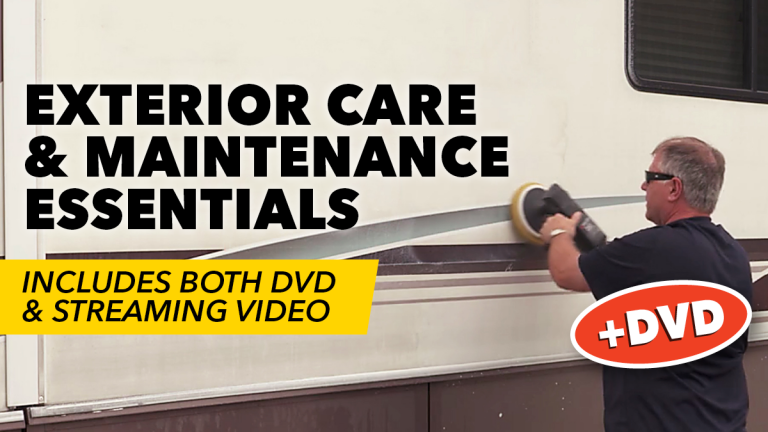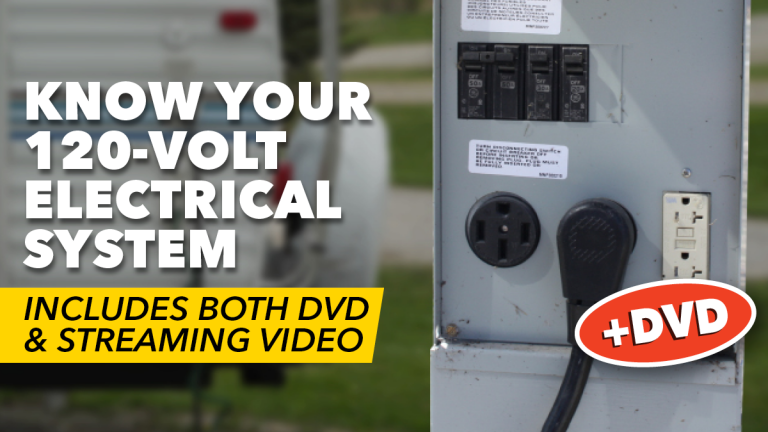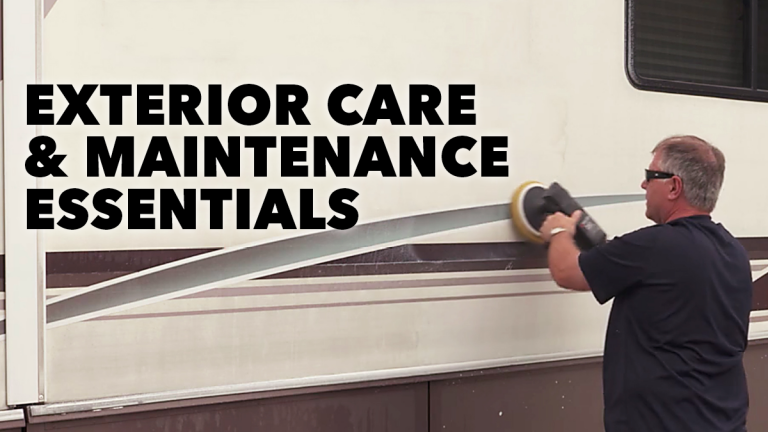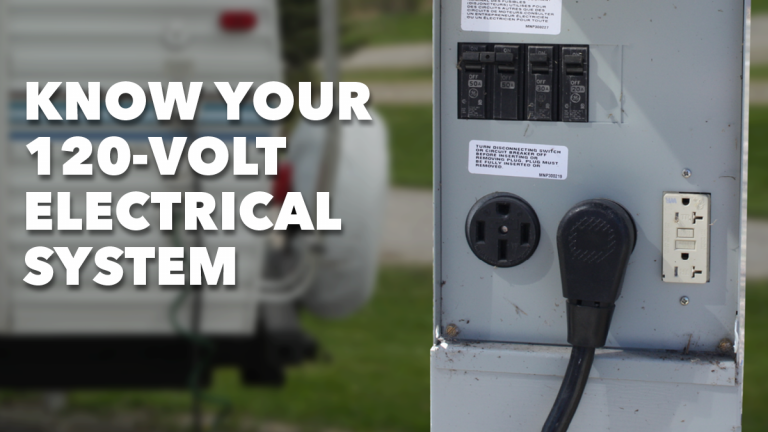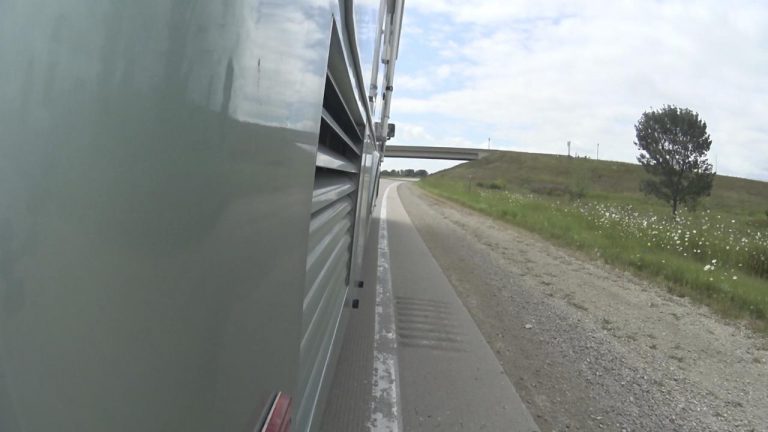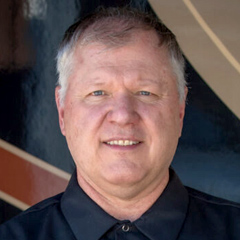
RV Air Conditioning Essentials + DVD
Dave Solberg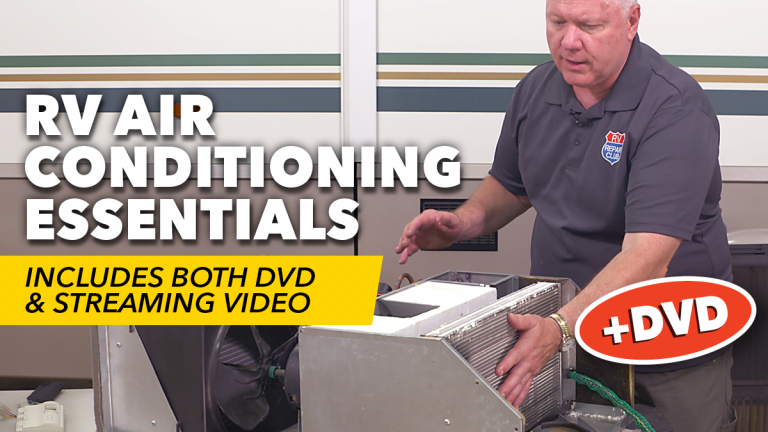

- In-depth Instruction; over 120 mins
- On-demand video access anytime
- Bonus downloadable PDF resources
- Access to class Q&A
- Available for purchase: $49.99

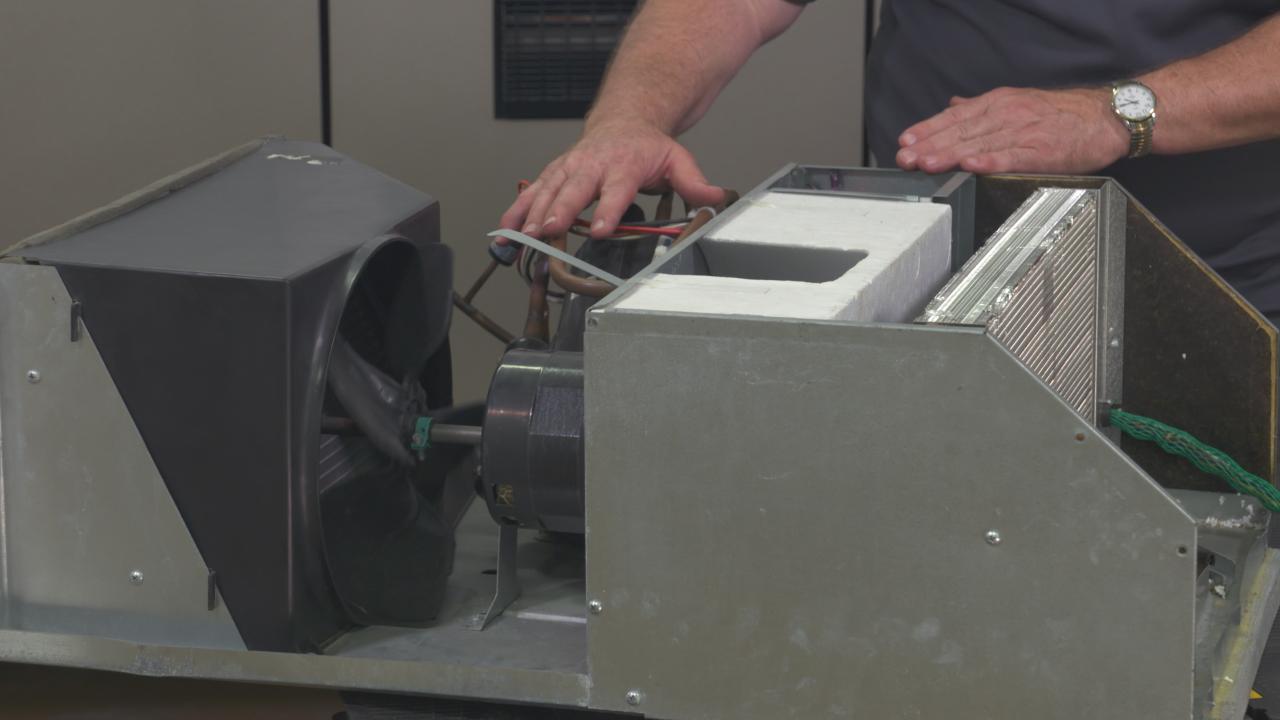
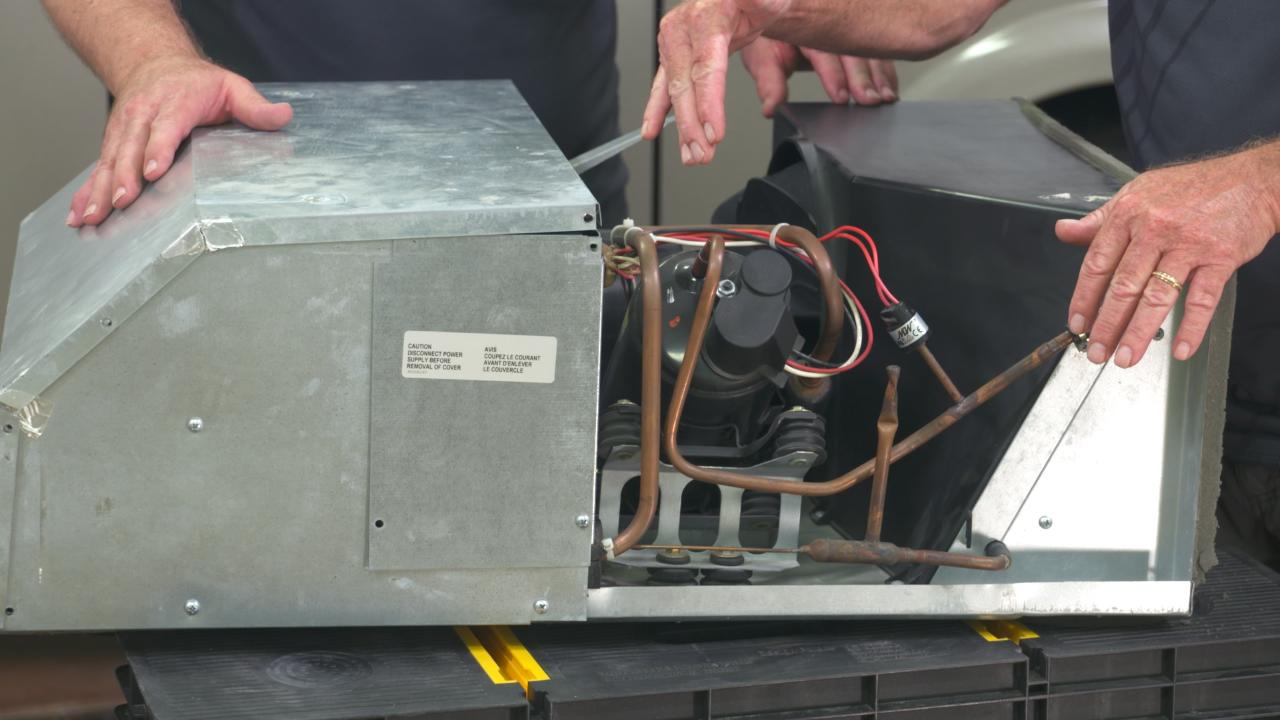
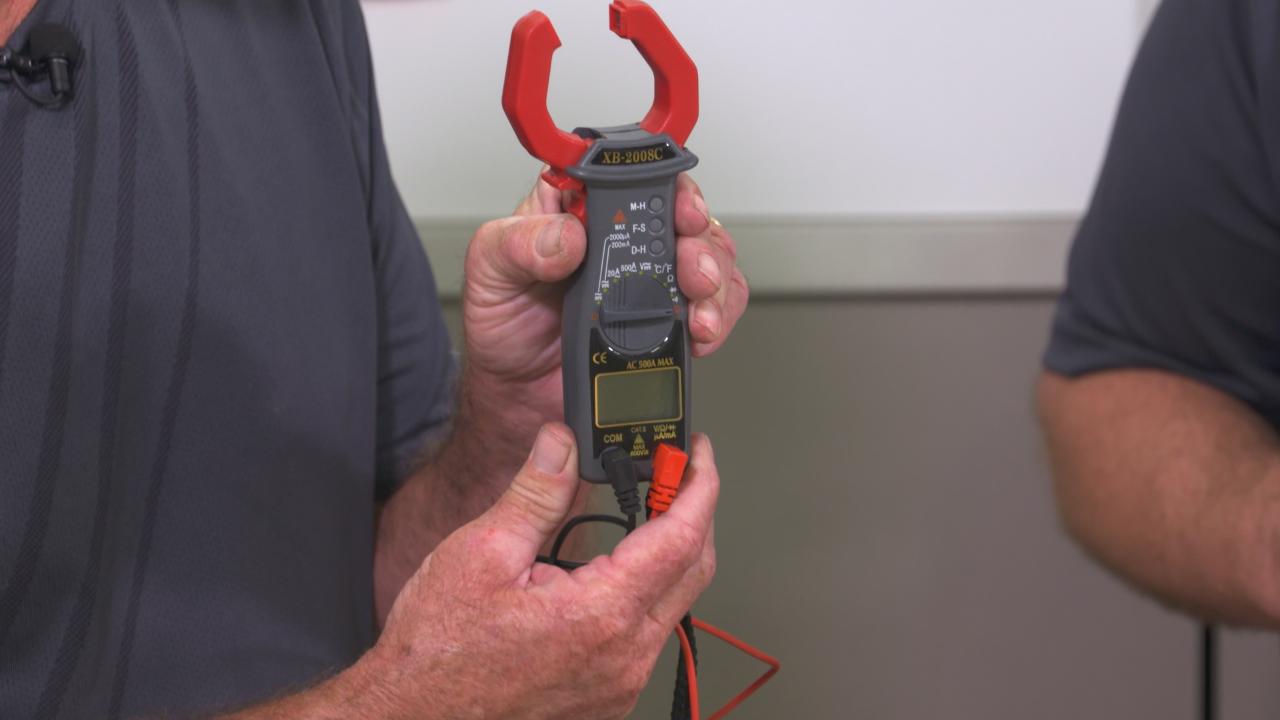
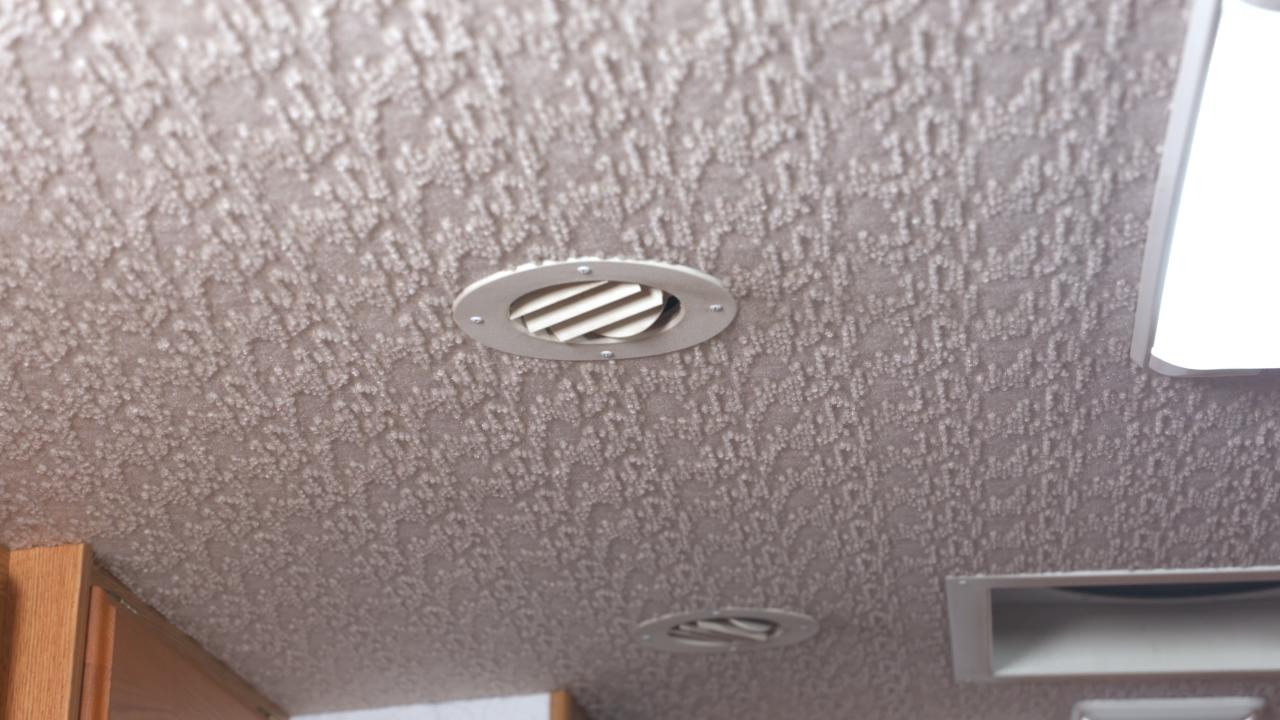
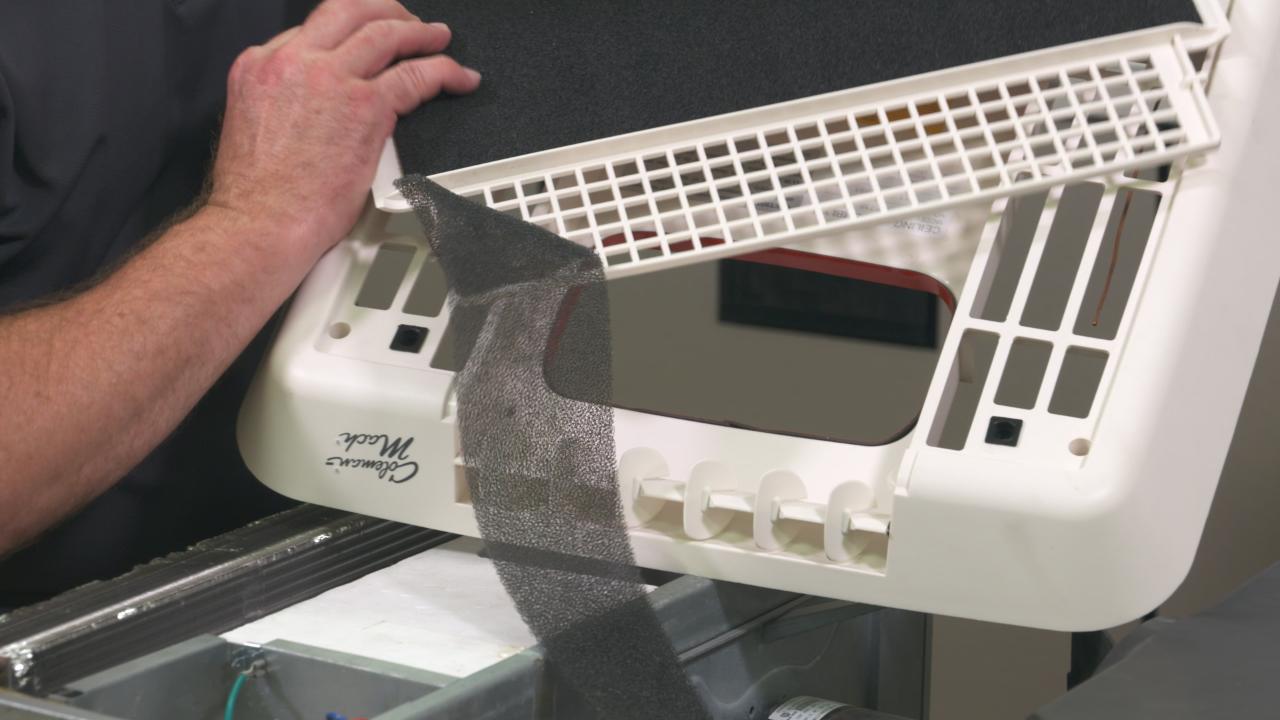

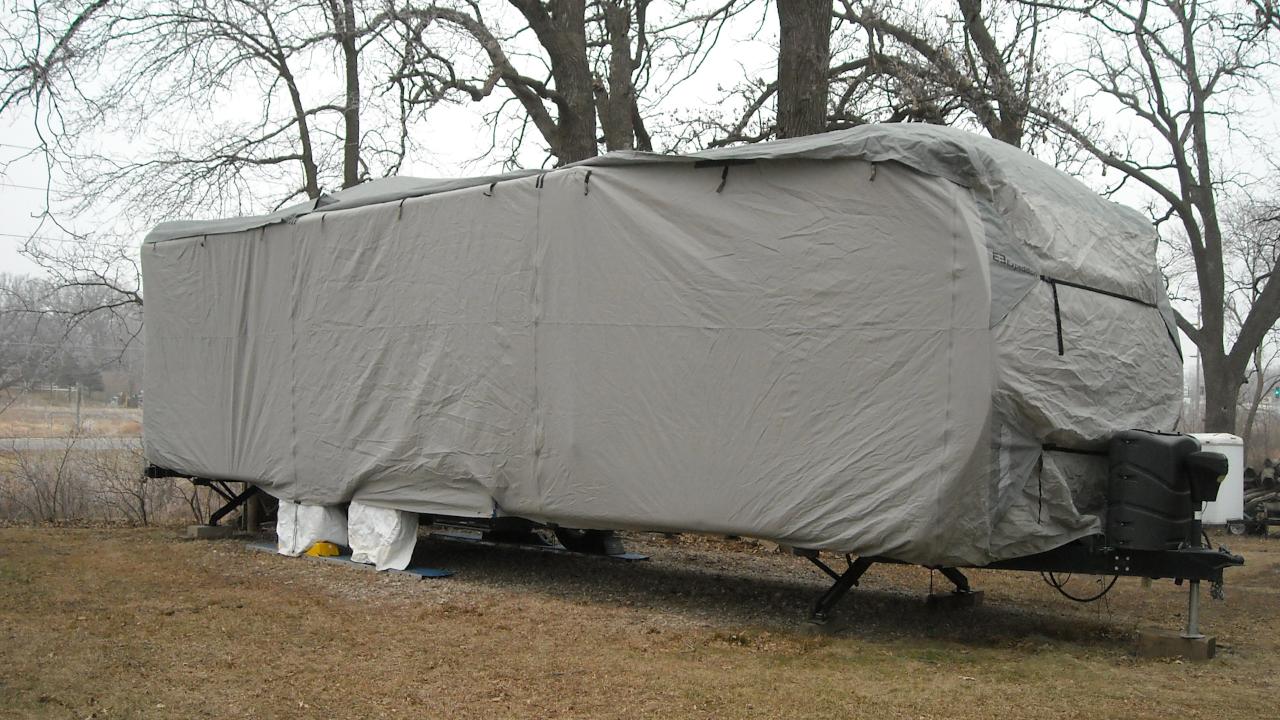
While there are a lot of similarities in the way home and RV air conditioners work, there is more to an RV air conditioner operation than simply setting the thermostat to the desired temperature.
This instructional class will provide you with the information you need to understand how your RV air conditioner functions, identify the key components, troubleshoot some common issues, and learn valuable tips on how to help the air conditioner run more efficiently – and ultimately last longer!
The AC in your RV is often taken for granted. When you’re in your home, you simply set the thermostat at 68 or 72 degrees and you just let it cool.
The difference between an RV and a home is that at home we are climate controlled. We don’t let our homes get up to 120 degrees inside or down to -20 in the winter time. Walking into an RV that, with the ambient temperature of 100 degrees outside, could be 120 inside – RV air conditioners have limitations.
In this class, we’ll show you an overview of the different types of air conditioners used on RV’s, whether it’s a ducted or non-ducted system, cool only or heat pump, as well as roof mounted vs. basement mounted unit. We’ll discuss how they all work, and review the various air conditioning components from evaporators to condensers, compressors and thermostats.
We’re also going to review efficiency tips such as shutting the windows and getting some air movement inside the RV to help reduce the interior temperature so that your air conditioner does not have to work as hard.
You’ll learn from an RVIA master certified RV technician and see some troubleshooting tips such as checking the voltage coming into your air conditioner from the circuit breaker; not only 120 Volt power but 12 Volt power also. A lot of people don’t realize you have to have 12 Volt battery power to run your roof air as well.
We will also show you some tools necessary to make it easier to diagnose your RV air conditioner and maintain it. We’ll talk about safety tips for working with your air conditioner as well as how to maintain it to run at its best efficiency.
In addition to the detailed instruction you’ll receive, this class will provide you with some downloadable resources and helpful information to keep, including a Class Guide you can follow and use as a reminder of the key points of the class instruction.
NOTE: You’ll receive this Class video instruction in two forms: As on-demand streaming video (in your RV Account); and as a physical DVD, mailed to you.
Dave Solberg
Dave Solberg is the Managing Editor of the RV Repair Club. For over 25 years, Dave has conducted a wide range of RV maintenance and safety seminars, developed dealer and owner training programs, written RV safety and handyman articles, authored an RV handbook reference guide and logged over 100,000 miles on the road in an RV.

Bonus materials available after purchase
How do I know what the Class covers?
Do I have to be a Member of RV Lifestyle & Repair to purchase a Class?
How do I purchase a Class?
How do I access/view my Class?
Do I have to take the Class right away?
Is there a limit on the times I can view my Class?
Can I view a Class on my tablet device or mobile phone?
How do I get access to the Bonus Materials for the Class?
How does the Class Q&A Resource benefit work?
Can I print out Class details?
What are PDF downloads?
Are there any system requirements to view the Class video content?
Why do you need my email?
Can I get a refund if I don’t like the Class?
How do I contact RV Lifestyle & Repair Academy?
Purchase Class
Purchase class and add to your personal library with on-demand video access.
- Enjoy on-demand video access to this content anytime, anywhere for the one-time cost below.
- You won’t lose access, with or without an active current Membership

RV Air Conditioning Essentials + DVD
with Dave Solberg